Hey there, Waldorf teacher. I know how you’re feeling right now.
We never thought we’d be teaching our students online, and despite the fact that we may have been the least tech-savvy teachers on the planet, we’re doing it anyway. It’s a good thing we’re pretty good at thinking outside the box.
But I know what you’re thinking. Even though you don’t have in-person classroom management to worry about, and you can teach in yoga pants without anyone knowing, I know that you’re still up at night worrying. And I know those worries are not about yourself.
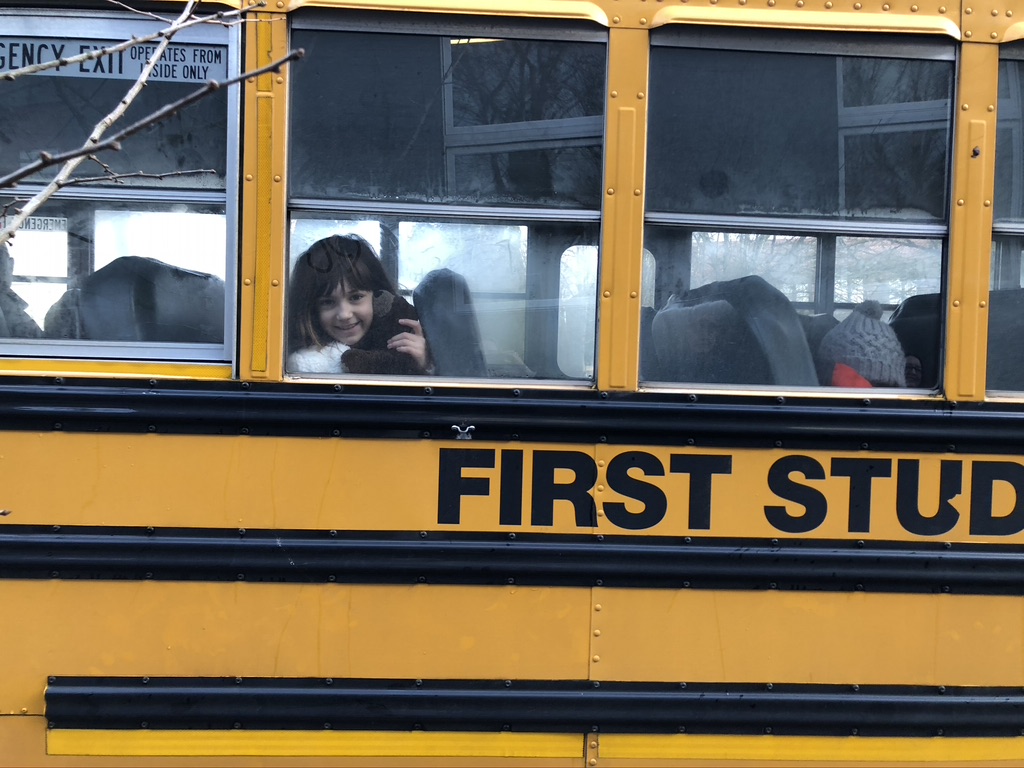
Like you, every now and then, when I lift my head out of the online sea, I think about what things will look like when the pandemic is over. Because yes, it may be hard to believe, but one day it will be over.
Of course, I think about the skills we’re currently working on via Zoom and I consider the learning gaps that may be opening up as we learn in that less-than-ideal format. And I think about the healthy classroom habits that will have had a VERY long break. I think about my students’ habit of striving to do their very best, a value that I’ve worked so hard to cultivate every day in the classroom. How much of that work will need to be repeated, reinforced, and reestablished?
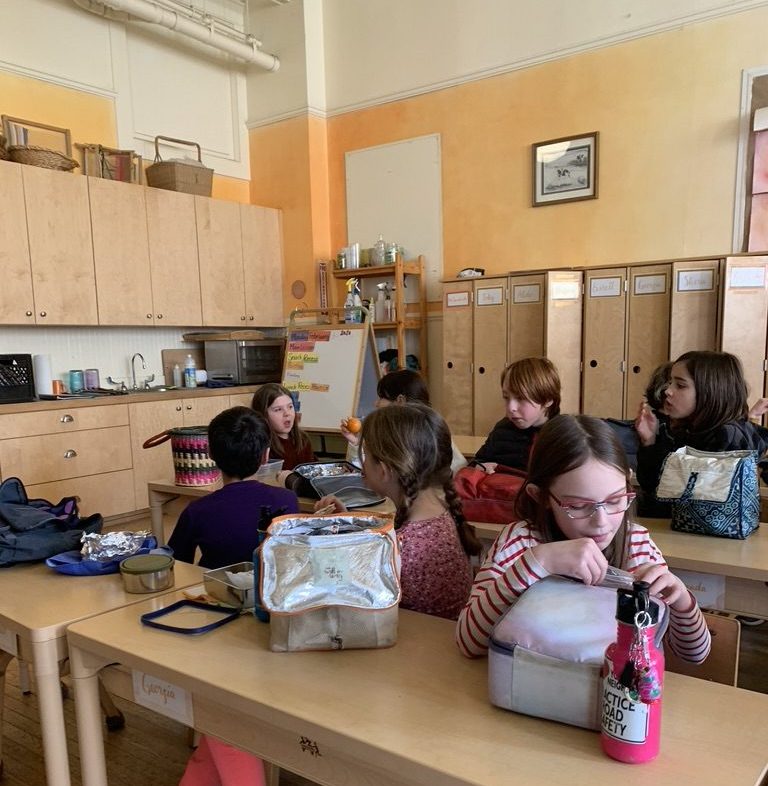
But ultimately, I know that the work will be waiting for us. We’ll do all of that reviewing and rehashing. And I know that when we get back in the classroom, it will all come back like riding a bicycle.
But what about those kids who just don’t stick with us long enough to get there? As I’m sure you know, independent Waldorf schools are struggling. Across the country, enrollment is down, and schools that were once thriving communities are being forced to close their doors. Of course, this means teachers, administrators and staff lose their jobs. (By the way, if you are one of those teachers, my heart goes out to you. Let me know if you’re interested in substitute teaching via Zoom!)
But schools are just macrocosms that magnify the huge challenges that individual families are enduring. Every day I’m filled with gratitude for the families that have remained a part of our school community. This mama hen is quite pleased that all of her little chicks came back to the roost for this year. But I know it is at tremendous sacrifice, and I wonder how long it will last.
I just cross my fingers that they’ll all be there on that day when we do finally return to the in-person classroom. And when we get there, of course, the catch-up work will begin, but I have no doubt that we’ll also realize the blessings that came with this remarkable experiment. Here’s what I think a few of them will be.
Parent participation and involvement.
Waldorf parents are incredibly involved and active participants in their children’s education — and I mean that in the very best way. This spring, they were so involved that they delivered the lessons that I prepared. Now that we’re meeting on Zoom and I’m doing the teaching and supervising student progress, I’ve heard from more than a few parents who are adjusting to not being as connected with their child’s learning. I mean, many of them are very glad that they have time to get their own work done, but they’re also grateful for the opportunity to understand and help guide their child’s learning. How can we hold onto this golden nugget of parental engagement and involvement when we return to school?
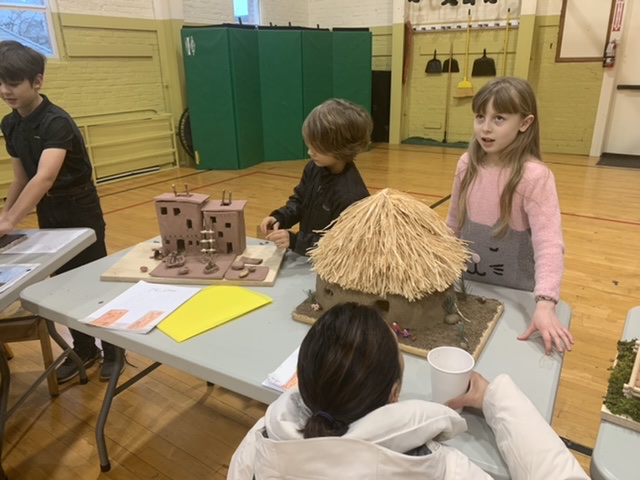
Growing independence.
When we returned to school this year on Zoom, I was prepared to see that my students’ skills may have taken a step backward. I was pretty sure that some pretty unfortunate habits may have developed. And though there is some of that, the more optimistic side of that coin is that they are remarkably independent. These 9-year-olds have figured out how to navigate Google Classroom so that they can find their lessons, locate Zoom links and include attachments when they turn in assignments. They’ve figured out all of the super-fun intricacies of Zoom (profile photos, virtual backgrounds, and, of course, the chat feature.) And though I am definitely a teacher who likes to guide my students with authority, I have to appreciate the benefits of this independence. How much independence is appropriate for them to maintain when we return to school? I’m curious to explore that idea.
“All education is self-education.”
I’ve heard this quote attributed to Rudolf Steiner, Charlotte Mason and even Louis L’Amour. I don’t know who really said it first, but whoever it was had the right idea. Learning doesn’t really happen unless students are actively engaged, and the truth is, it is a whole lot harder to engage when you’re learning online. At the same time, once you’re engaged, it’s a whole lot easier to create your own path and explore your own interests. I have a feeling that some of my students are developing a habit of following their curiosities and taking their education in their own hands. Just today, after I left today’s story off at a cliff-hanger, a student said, “Ms. Floyd-Preston, that’s such a cliffhanger I want to go look it up and read the rest of the story.” Gotta love that enthusiasm, even though it means I won’t always be the keeper of the magic.
There is no replacement for human connection.
I think my biggest question as an educator is about the social learning that my students are missing during the pandemic. I consider this to be a huge aspect of my work, and it is SO strange not to spend SO much time every day helping students work out their difficulties.
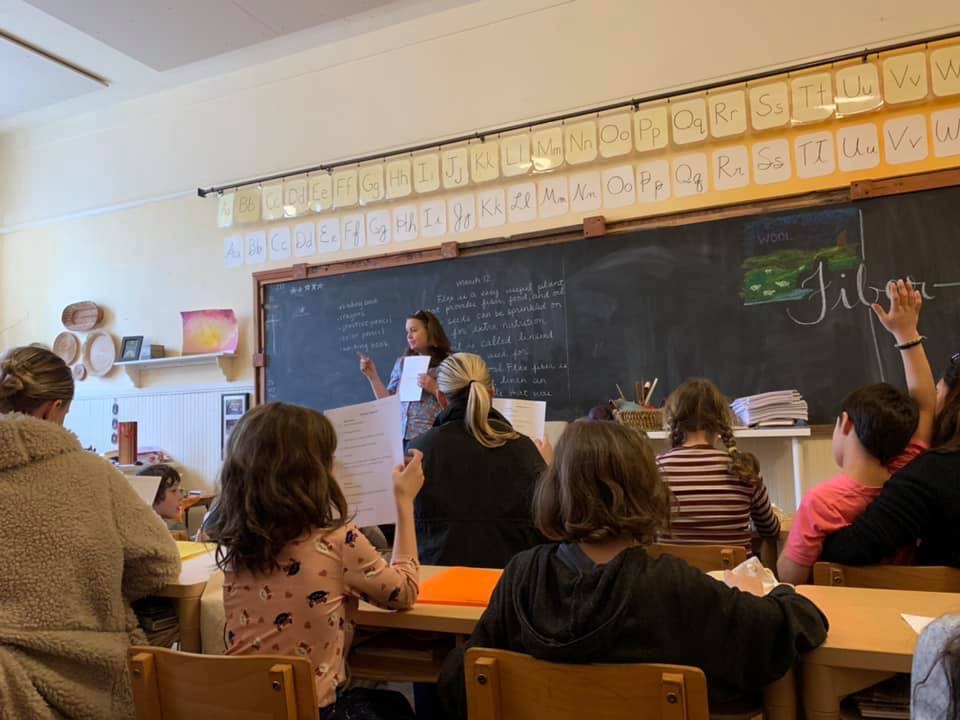
After so many years in the classroom, I’ve seen a whole lot of growth come about because of those social difficulties. They may be hard in the moment, but I know those struggles serve my students.
But when we finally come back, will they have become so accustomed to social harmony that they won’t see the benefit of all of that challenging togetherness? Will they long for the days when they could comfortably laze about in their bedrooms, without worrying about interacting with others?
I think not. I actually think that this is the single most important lesson that the entire world is learning as we move through this pandemic. So I’ll say it again.
There is no replacement for human connection.
I mean, think of it. Not long ago, we all felt so satisfied with our human interactions that we took them for granted. We may have even argued that our virtual interactions, on Facebook and Instagram, were a pretty decent substitute for connecting in person.
Now, after months of meetings, happy hours, and birthday parties on Zoom, I can’t think of a single person who would say that those experiences are just as good as being together in person.
And now that our kids are a part of this digital world — much earlier than we ever thought they would be, we might worry that they’ll be just as seduced as we have been. Will they be so captivated by technology that it will replace their in-person lives?
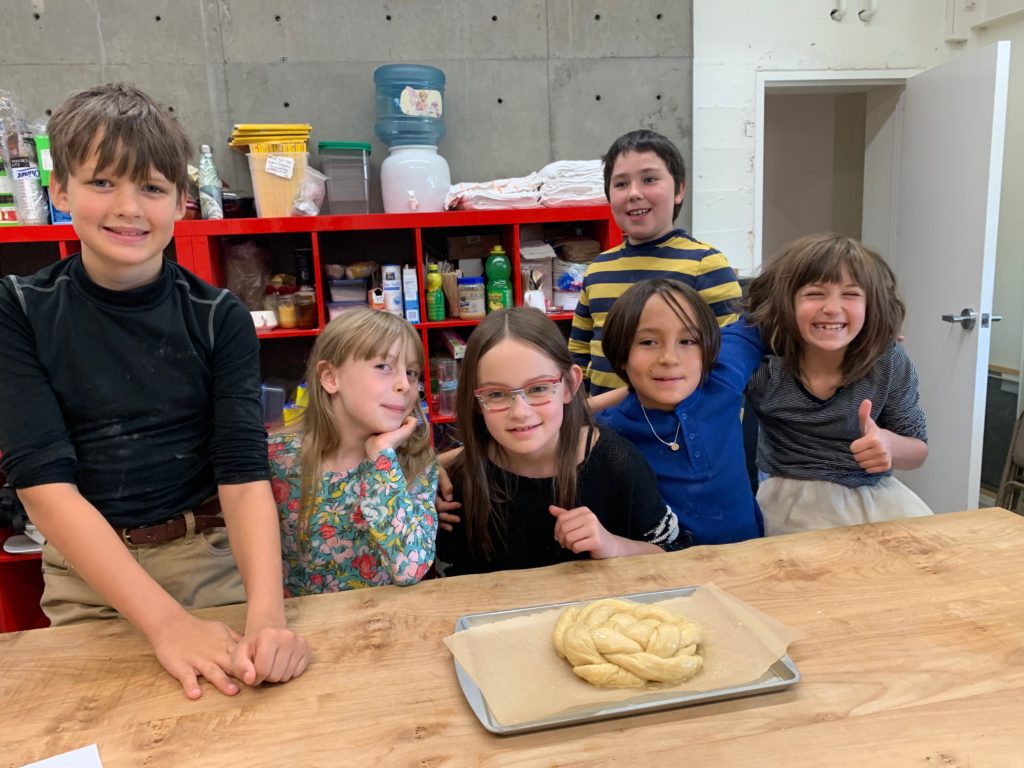
Again, I think not. All of us, but these kids especially, are getting a real tough-love lesson about the value of human connection. No one knows better than these kids that on-screen interactions just can’t compete with the real thing.
I’m honestly curious to see how this phenomenon impacts their futures. Maybe we’ll see a big downturn in social media engagement when this whole thing is over.
What does this mean for learning?
As we explore new territory and find new ways of working, it’s no surprise that many people are starting to think about the possibilities that delivering curriculum online can create. I’ve had families connect to my Zoom classes while they’re vacationing on the coast or road-tripping in the national parks. Who’s to say I couldn’t deliver my lessons to a much wider audience all over the country, or the world?
And as exciting as these ideas are, we need to recognize that teaching is very different than delivering curriculum.
Teaching is about human interaction and understanding. Teaching is an art that requires connection, give and take. We need to recognize that our teachers are not just delivering curriculum, and this is what makes Waldorf Education so remarkable.
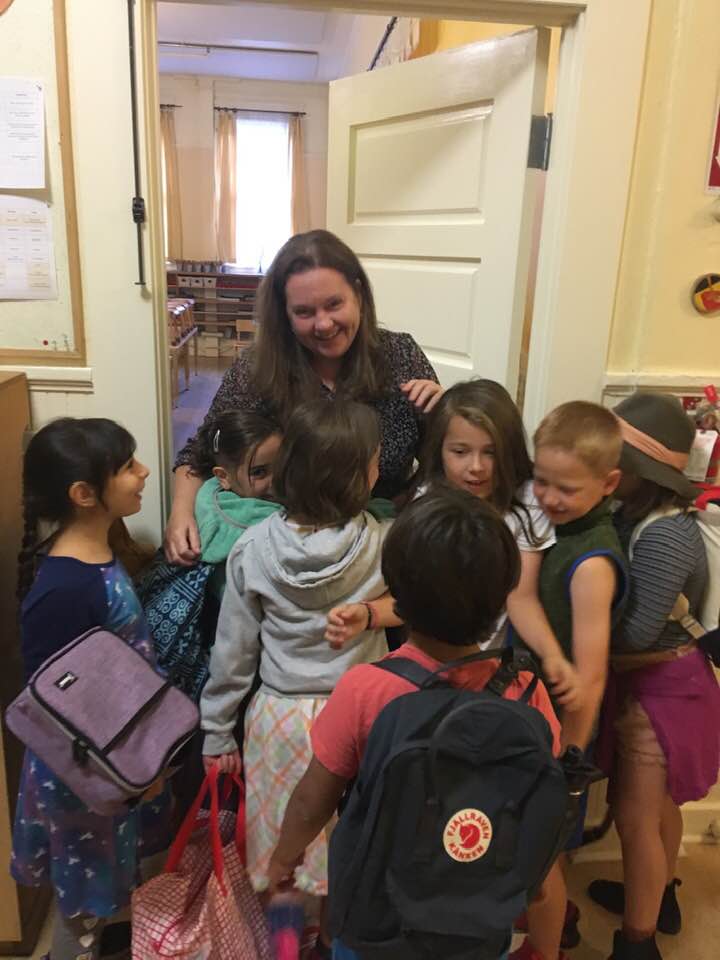
We Waldorf teachers pride ourselves on being masters of human understanding. We may not know all the intricacies of the content (we’re teaching a new subject every year, after all), but we are experts when it comes to the individual students who are in our classes.
It is this connection that keeps our families coming back year after year. And it is this connection that makes our students such willing, lively participants. You can bet that I tap into the knowledge that I have of my students any time I tell a story or teach a new phonics lesson. This job would be SO much harder without that understanding.
So, as exciting as it is to think about all of the children out there who could benefit from a Waldorf Education if we were to make it more widely available online, I don’t think we should fool ourselves that it would be the same.
You can deliver curriculum to students you don’t know. But teaching requires connection.
And thank goodness we’re all getting an opportunity to realize just how important it truly is.




Good post, Meredith. We are learning so much during this time – all of us: students, teachers and parents – and one of the things I’m becoming more certain about is that in person connection for children is vital.
While I enjoy some aspects of teaching from home, I sure hope we be able to return to in-person classroom teaching very soon!
Thanks so much. You and me both!